Meditation Techniques For Beginners:
Many of us want to improve our mental and physical health, but implementing new behaviors and practices is not easy. Meditation is no exception to this. There is a lot of information and research that needs to be done so you can get the most out of your time meditating. We’ll discuss today some meditation techniques for beginners.
Sometimes it’s just about “starting somewhere”. However, to really take advantage and gain from the practice, at some point, you’ll have to understand a little more about why and what is entailed in the practice.
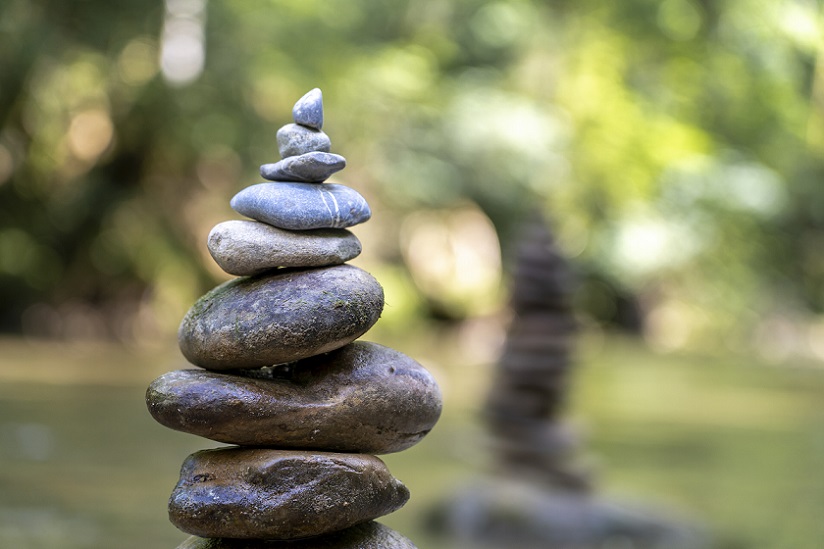
If you’re serious about wanting to meditate, you should make an effort to prepare and integrate meditation into your life on a weekly, if not, daily basis. Meditation is an ancient practice with many variations and forms. Truly, you get better as you progress your own practice.
In this article, we’ll help speed up the process for you and give you a simple starting point. We have compiled a list of techniques and tips to get you meditating, regardless of your skill level.
In truth, meditation can be a life-changing practice. It can improve your life and your health, dramatically. It’s more than a way to sit back and relax. Meditation can help to lower blood pressure, lessen anxiety and depression, improve your circulation, and increase mood and overall well-being.
It has also been studied to help improve pain outcomes, and improving disease outcomes in individuals who suffers from stress-related diseases like PTSD.
In short, meditation can help re-calibrate the body and the mind. Furthermore, become a way to help deal with yourself and with life, differently. Indeed, meditation offers a way of training your attention and focus. This training is to enable you to look within, and develop a sense of calm, riding yourself of negative thoughts and emotions.
It can for some, take time to become “good” at meditating and see beneficial changes. There are techniques, and tools we can use as practitioners to try and get the best out of our own practice.
Let’s Chat About Some Techniques:
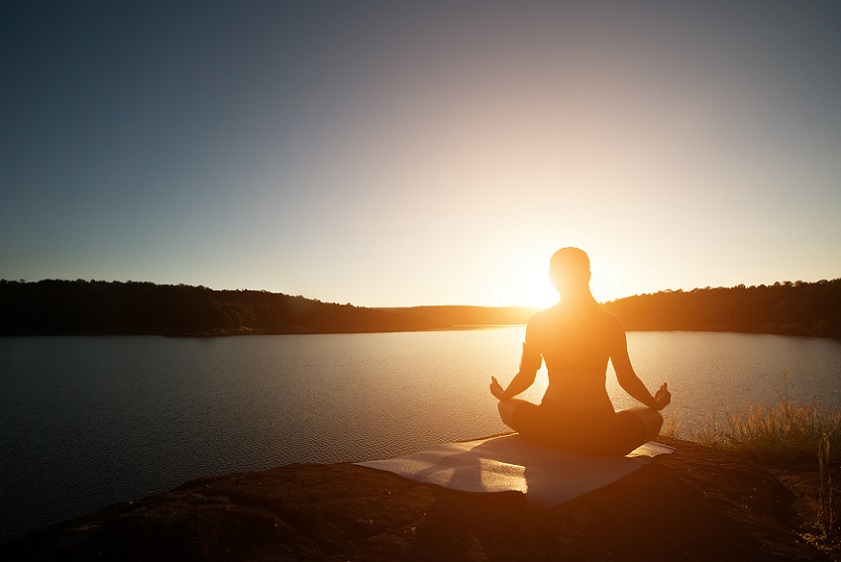
Meditation encompasses a wide range of techniques and practices. It’s not as simple as sitting down and staying quiet for a few moments. There is a lot more involved. For example, breathing exercises, to visualization, music, chanting, and even learning about basic meditation supplies.
Let’s discuss some of these techniques. Above all, the techniques listed will help build a solid foundation for anyone new to the practice. However, this is not an end all, be all. There are many techniques, not listed here, to learn in the future.
1. Deep Breathing

Deep breathing, or diaphragmatic breathing, is one of most common meditation techniques, beginners tend to use. It is also one you’ve probably heard about in relation to practices such as mediation and yoga. With this type of meditation skill, you’re focusing on your breath in order to center your practice. The breath is an essential technique, so it’s important to get in tune with this vital bodily function.
Simply put, deep breathing encourages full oxygen exchange in your lungs, which can slow the heart rate and lower blood pressure. On the contrary, to shallow breathing, that can actual cause irritability.
To perform deep breathing, you’ll want to breathe through your nose-first. Slowly inhaling air through your nose and then let it fill your lungs. Truly, be cognizant of your efforts. It can be helpful if you place your hands on your stomach, or lower chest area (for the first few sessions). In this way, to better feel yourself performing this involuntary function of the body.
Next, exhale the air. Again, this is where some will differ. For example, you can exhale through your nares, or your mouth. If through your mouth, you could try a technique called pursed lip breathing. Furthermore, for some it helps to count breaths. However, not strictly necessary. Focus on letting air in and out of your body. Feel the rise of your chest/stomach each time you take a breathe.
The next step can be visualization or body assessment…
2. Body Assessment
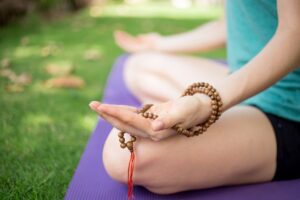
Body assessment is a straight forward and engaging method of meditation. Through this technique, you scan over various parts of your muscular system in order to spot tension and release stress. Like other forms of meditation, you tend to keep your eyes closed during this, stay relaxed and focus your energy.
You can begin by scanning near your feet or head. Then gradually go through every part of your body. What you are essentially doing is locating your tension, and then letting it ease out of your body. You are reconnecting your physical self, focusing on self, and training your mind to be aware of sensory experiences.
Some of this is about relaxation, yes, but the majority entails gradually building yourself to a point where you’re more focused and present in your own life.
Focusing your mind on specific spots of tensions will help you to realize areas that many be more prone to tense states. Oftentimes, you don’t even realize that you’re tense in certain areas of the body, until you focus on scanning your anatomy. Again, helping in training your mind for the “now”.
3. Visualization
Visualization is another helpful method that can get you fully immersed in your meditation practice. There are many ways you can go about visualizing. The basic notion is to think of an outcome in your mind before it’s actually happened. This can be a task or an opportunity at hand.
Visualization can be done for a few minutes to a few hours, focusing on things like taste, sound, sight, smells, or whatever other senses for that matter.
Place yourself in a positive mood. Alternatively, focus on a good feeling. Allow it overtake you, so you can fully see the scenario/image in your mind. Other things can be visualized as well, such as a positive event, or even a favorite person.
Part of visualization is to stimulate certain parts of the brain, which have difficultly distinguishing between something “visualized”, versus something that is happening in real time. So in a way, it creates change in the brain’s structure and circuits, which can help change our mindset, habits and health.
4. Using Guided Meditations or Meditation Music
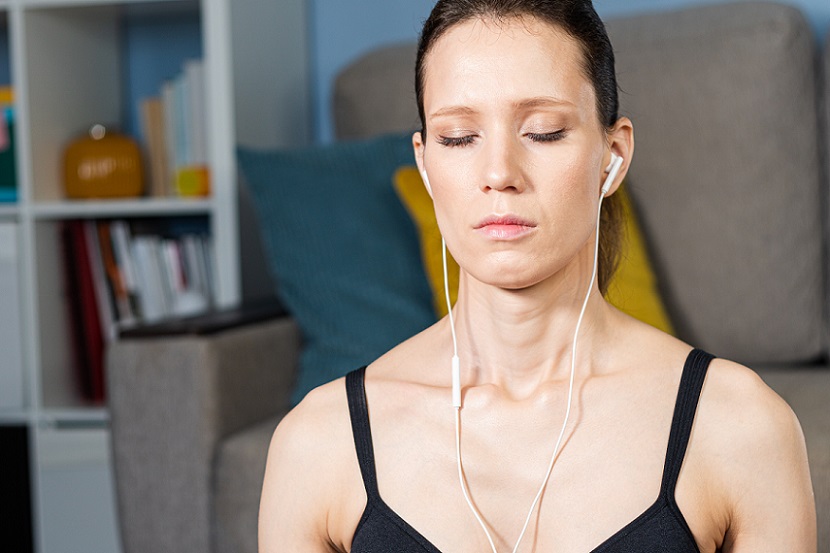
If you find it troublesome to perform meditation on your own, or you need something to help you get into a more focused state, (one of our favorite techniques), you should try guided meditations. Guided meditations are a perfect technique for beginners.
Guided meditation simply describes meditation that is led by que’s from a teacher or instructor, via auditory files or video.
As a beginner, it can be hard to sit and concentrate after spending all day working. Above all, if your day was a tough one, your mind may continue to race, or be plain exhausted. Much like the practice of yoga, having someone who knows what they’re doing and whom you can trust, makes things much easier.
The instructor will help you to understand the dynamics of the practice. For example, how the mind may work as your session continues. Thus, helping you to progress towards focusing on the present.
With guided meditation, you make things much simpler for yourself. (Meditation music may have similar effects). When you can focus on something external like music, or a voice, your mind may tend to wander less.
5. Mantras/Mantra Meditation
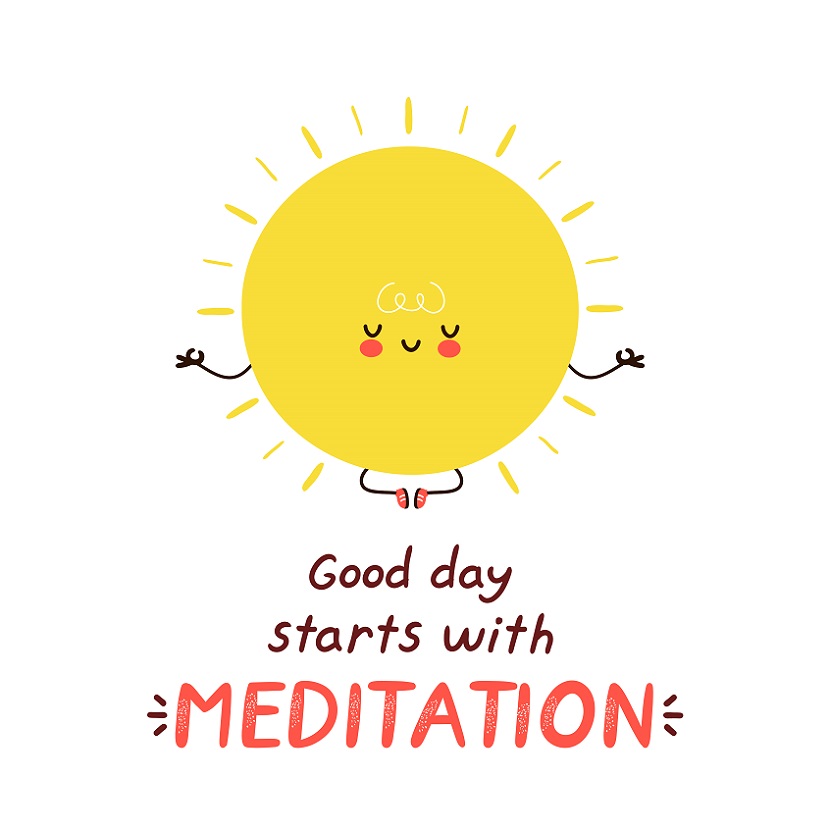
The last meditation technique we’ll discuss are mantras. A mantra is typically a word or phrase you repeat during meditation. It is many times used as a way to help the practitioner stay present and focused during their sessions.
One systematic review which summarized mantra meditation research, found evidence to suggest mantra meditation as a way to improve mental health and negative affectivity in non-clinical populations. Also, discussed was it’s ability to be used in adjunct with workplace well-being initiatives or educational programs.
Another study included mantra meditation, spiritual meditation and mindfulness mediation finding that meditation can be a self-care resource that potentially has value for mental health and behavioral self-regulation.
If you want to add a bit of complexity to your meditation, you can look up mantras to repeat during your meditation, or make up your own.
How Can You Start Meditating?
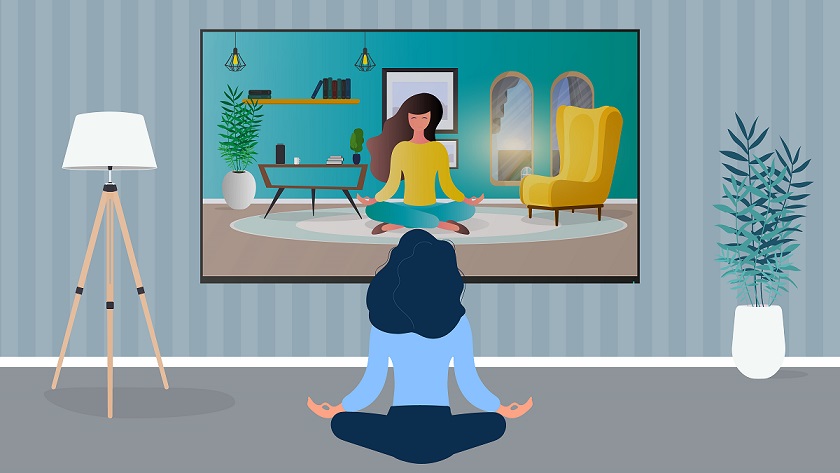
If you don’t know how to start meditating, we suggest starting with short meditation sessions or guided meditation. You might want to jump headfirst into the world of meditation, but this could actually dampen your motivation to continue with the practice.
Meditation is rewarding and deeply satisfying once you can learn the basics, however may not come naturally to many beginners. Meditation for some, is a practice to cultivate slowly and patiently. It requires your full attention. Generally, it’s helpful to start slow with short segments. Even with just a few times a week. Then, build from there as your comfort level both mentally and physically, builds.
If you struggle at first, that’s okay. Try incorporating music, voice or guided meditation sessions from an instructor. If you’re uncomfortable in your position, try adding a meditation cushion or seated on a chair as oppose to the floor.
Be kind to yourself and take this practice one step at a time, doing very short sessions. Find what works for you. Meditation comes in a lot of different forms, so meditate in a way that is comfortable and relaxing for you.
Where Can You Meditate?
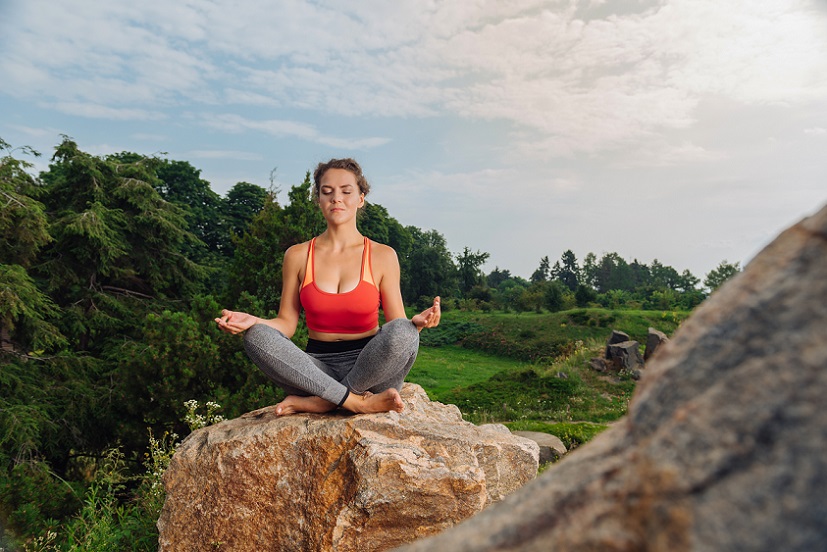
Not only do you want to build-up to a longer meditation practice, but you’ll also want to meditate in an ideal environment that will enhance your daily practice. To achieve this though, you should be meditating in a comfortable and relaxing atmosphere. For many, the best place to meditate is in their home.
Meditation should happen in a quiet place where you are free from distractions and discomforts. This means you’ll want to be in an area where electronics are turned off and other people will not be a bother.
Meditating solely at home can be limiting though. If you don’t have the time to sit down and get meditation in, you can practice meditation virtually anywhere, with some creativity. This is where guided meditations and meditation music can be useful.
Though it’s not ideal, you can meditate in busy or distracting places like work. You can also attend a meditation class and do it in a group form, but not everyone has the time for this. Meditating in a group, can be great for your practice and help you improve at a faster rate. One may learn what other more experienced individuals do to help with their practice.
Final Thoughts Meditation Techniques For Beginners!
Whether you practice meditation, yoga or other stress relieving activities, there are ways to be creative and improvise. Find ways, areas, tools, or supplies that are compatible with you and your life, that support your stress relief endeavors.
Things that help us to meditate, may not help you in your practice. We personally use meditation cushions, guided meditation sessions, and usually perform in the morning, as this is what is comfortable to us and is what keeps us focused.
Please feel free to share your thoughts or experiences of mediation and what works best for you in the comments section, as this may be helpful to someone else in this community.
Thanks for stopping by!
Resources:
- https://zenhabits.net/meditation-guide/
- https://www.mindful.org/how-to-meditate/
- https://www.nccih.nih.gov/health/meditation-in-depth
- https://journals.lww.com/psychosomaticmedicine/Abstract/2019/04000/Mindfulness_Training_and_Physical_Health_.2.aspx
- https://www.health.harvard.edu/mind-and-mood/relaxation-techniques-breath-control-helps-quell-errant-stress-response
- https://circlebloom.com/the-science-behind-guided-imagery-how-does-it-work/



